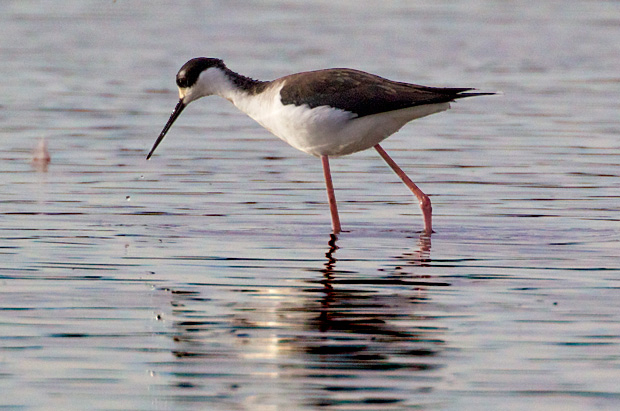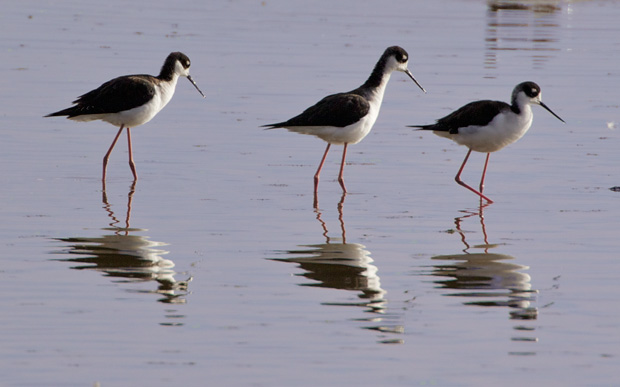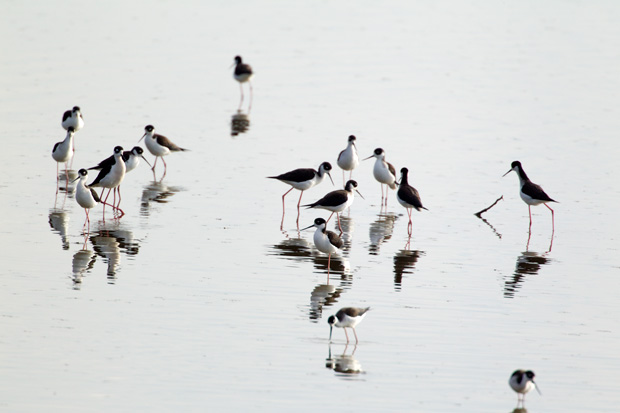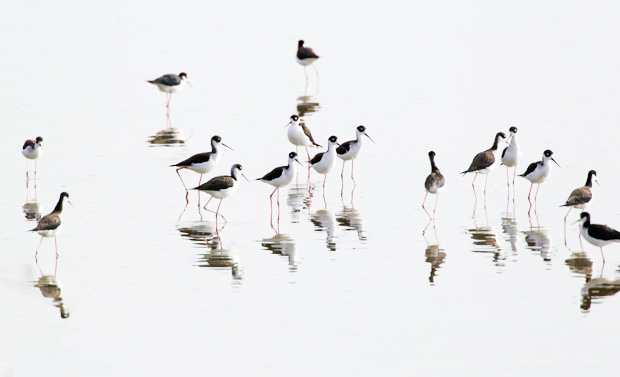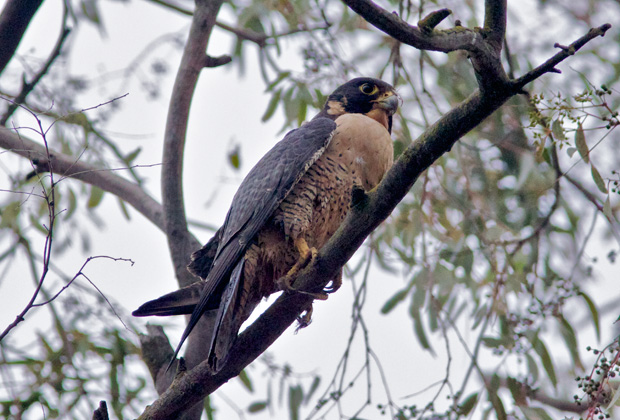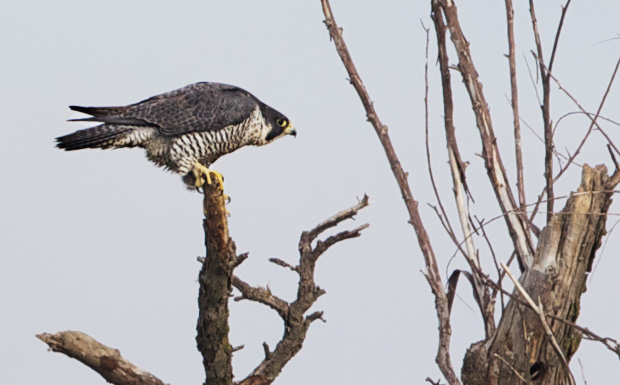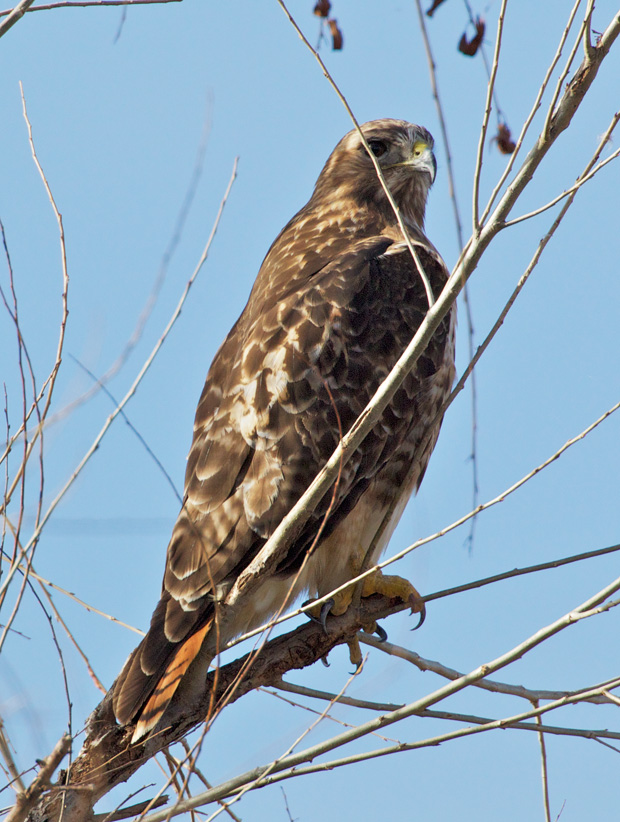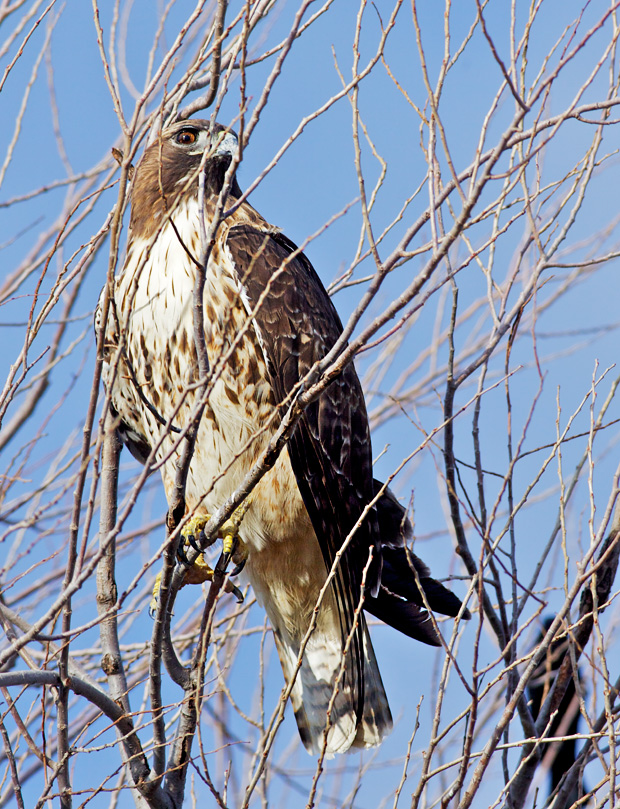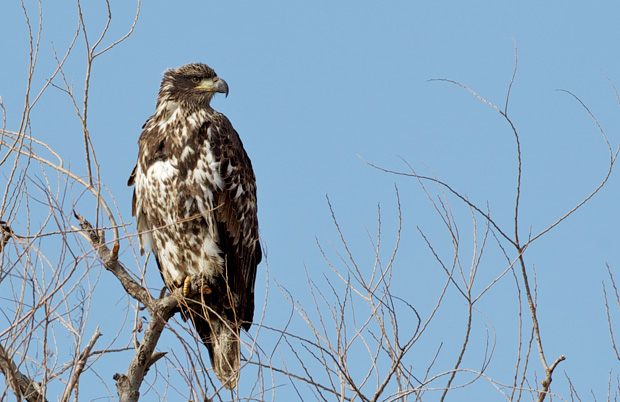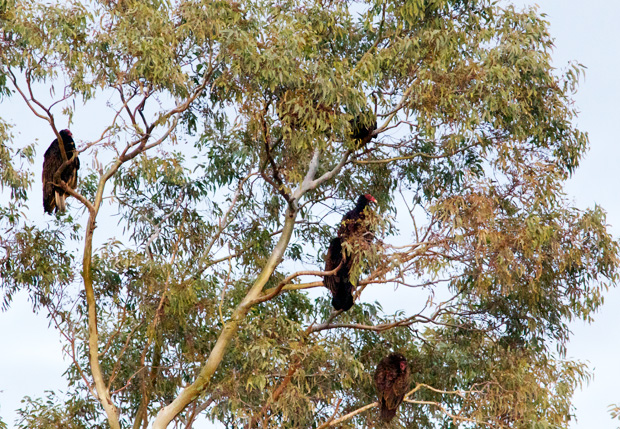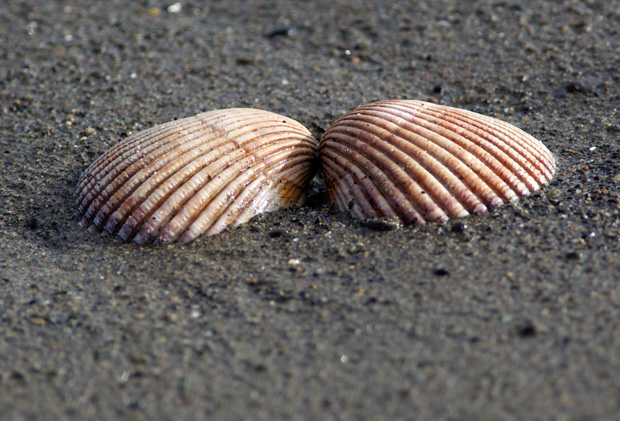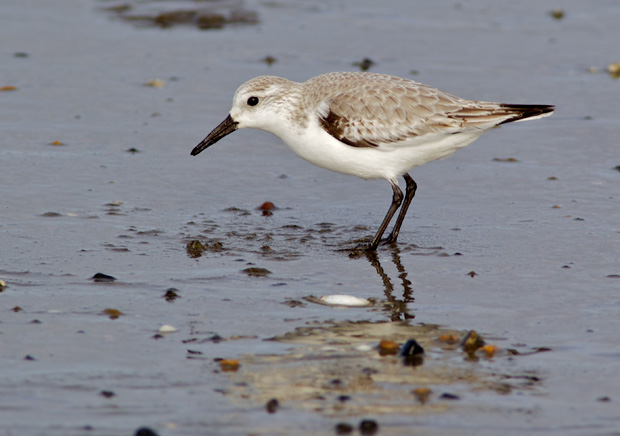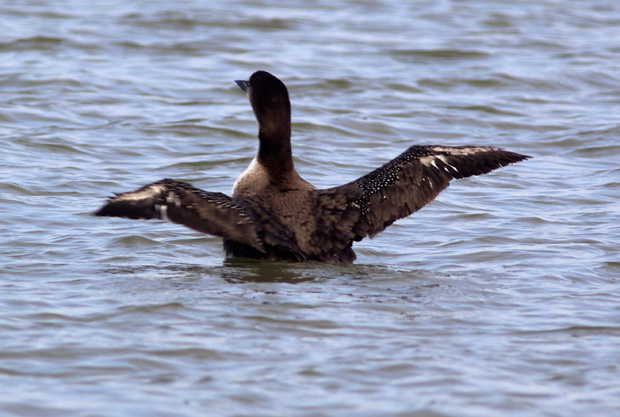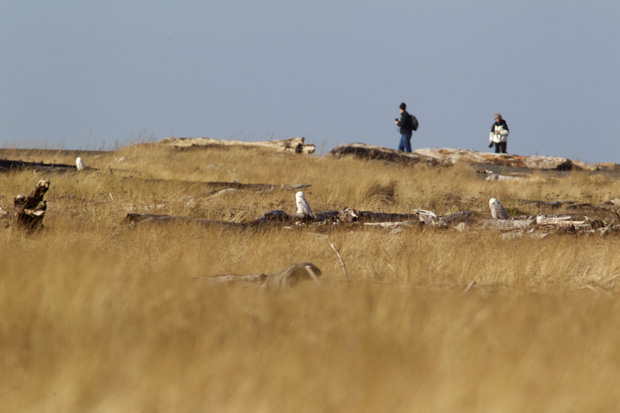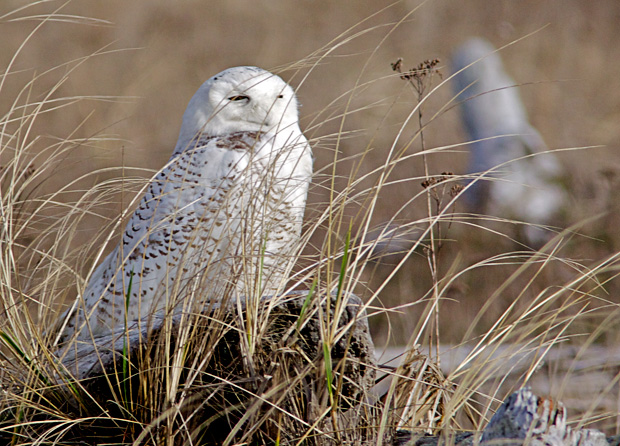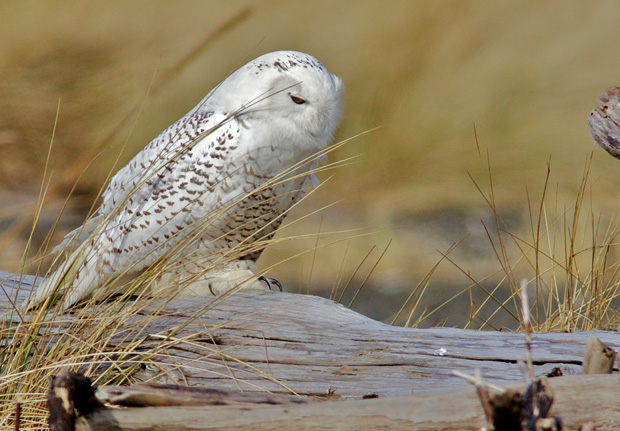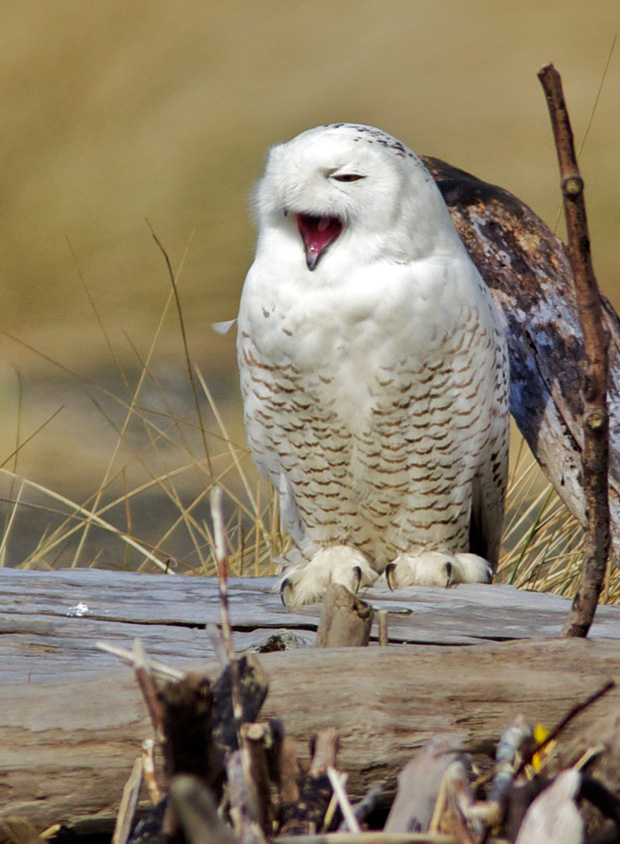On our last day at the Sacramento National Wildlife Refuge we met a birder from Salem Oregon who told us we should stop at Clear Lake on our way to Santa Rosa. Since I’d stopped there the last time back from Santa Rosa and hadn’t seen much worth stopping for, I asked him what part of the lake we should stop at. He suggested we stop at the Western end of the lake. He also told us to watch for wild turkeys en route, that he nearly always saw some.
Both Leslie and I were a little shocked because we had never seen wild turkeys there before. We were nearly to Clear Lake and still hadn’t seen any wild turkeys when I suggested if we kept our eyes open maybe we’d at least see the elk herd I’d seen there before. Leslie protested she’d never seen elk there, either, and she’d been through a lot more than I had. Strangely, it wasn’t more than 10 minutes before I spotted a small herd of elk on the left side of the road and pointed them out to Leslie, especially the bull elk.
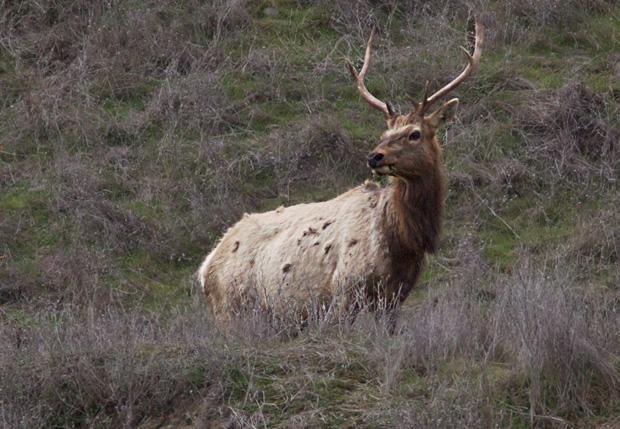
It seemed almost magical that they should suddenly appear, especially since I’d only seen them once before on all of our trips through there. I suspect, though, it had more to do with awareness than magic because more often than not I had probably been fixated on the windy road and not on what may or may not have been beside the road.
We didn’t see much at Clear Lake we hadn’t seen earlier at the Sacramento NWR, but we did get a bit closer and I got better shots. We had seen several Ruddy Ducks at Sacramento NWR, but none of the shots were nearly as good as this one:
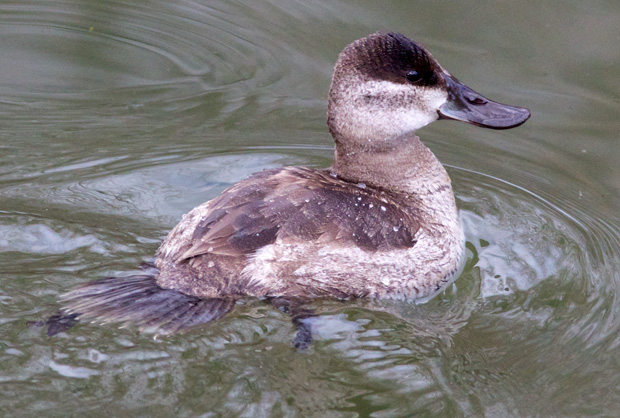
and the high angle of the shot gave me my first opportunity to see how the tail splayed out when it swam.
I also managed to get a far better shot of the Black Phoebe than I managed at Sacramento, or anywhere else, for that matter.
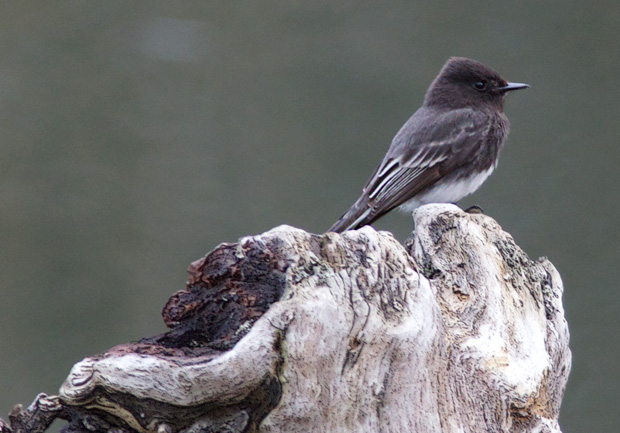
We didn’t have much time to spend at the park because it had taken longer than we expected to get there. At the end of our short walk this little Snowy woodpecker landed in a small tree right next to me and insisted on posing and I couldn’t resist shooting several shot before rushing on as Leslie started back to the car.
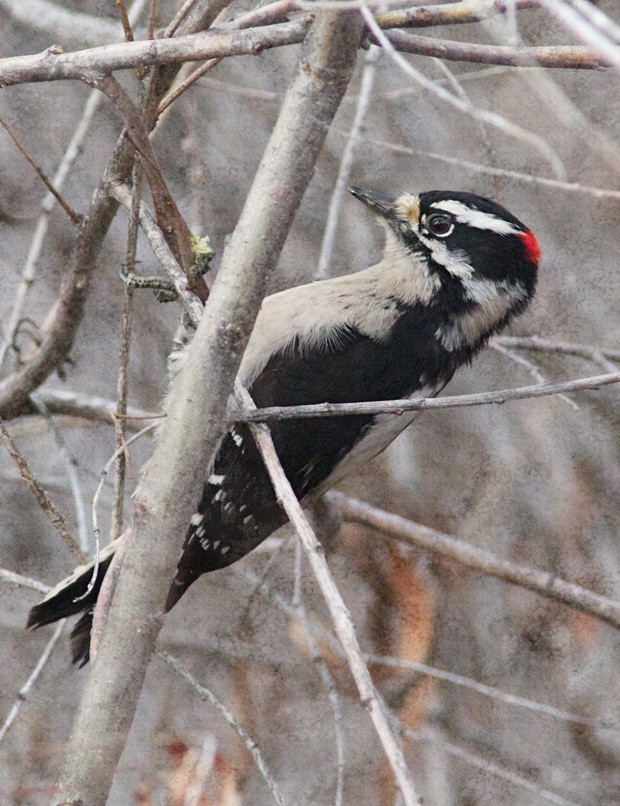
It might be my very favorite Snowy Woodpecker shot ever, a bird I’ve seen in many places.
By the time we got back to the car and were rushing to get to Santa Rosa to make it in time for dinner on Mary’s birthday we had long since forgotten about wild turkeys. Apparently, though, they had forgotten about us because just as we were about to turn the corner to leave the park we spotted a small flock of turkeys. I couldn’t resist the temptation to stop and get a couple of quick shots.
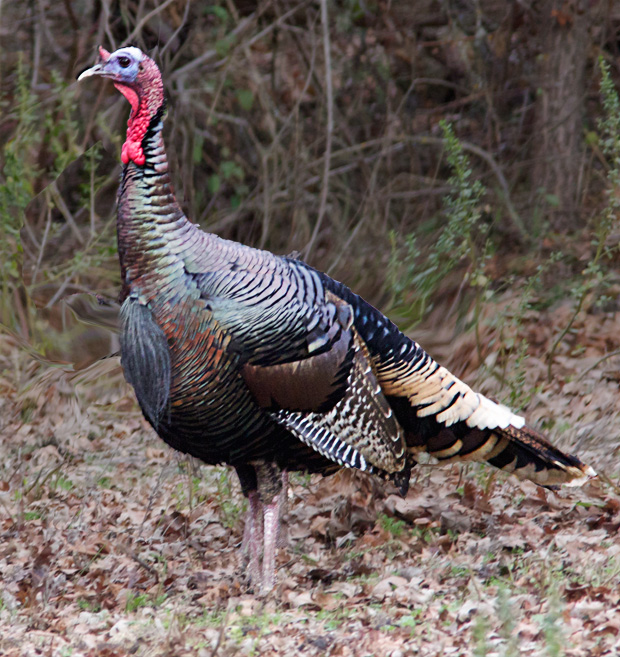
Do turkeys get new feathers in the spring? I can’t remember seeing one as colorful as this one.
It’s no wonder people believe in magic, the mere suggestion that we would see wild turkeys apparently caused us to see wild turkeys where we had never seen them before. For me, though, awareness is all the magic I need in my life.

